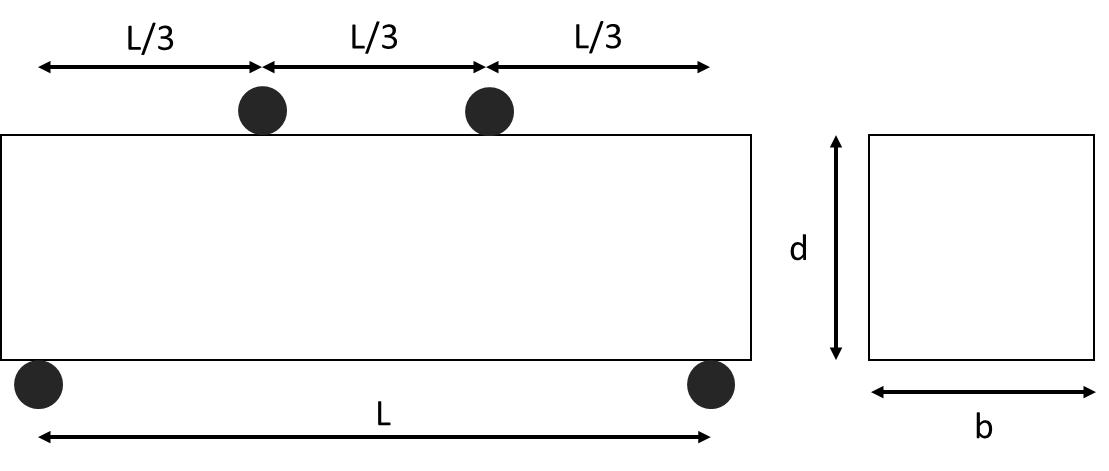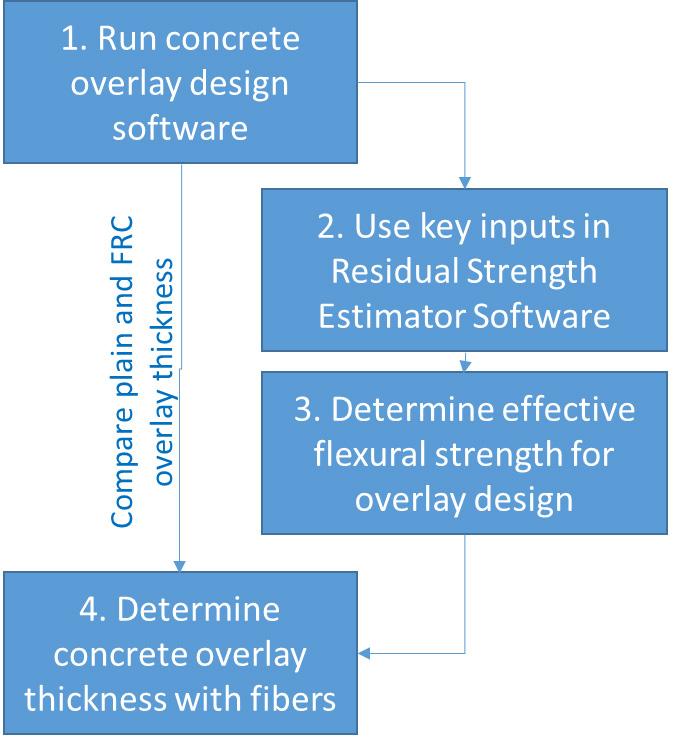
1 minute read
Run Residual Strength Estimator tool to determine FRC
• Roadway functional class (local road/street, collector street, arterial, highway, bus pad, parking lot, or unknown). • ESALs in the design life (<0.01, 0.01 to 5.0, 5 to 15, or > 15 million ESALs). • Asphalt pavement condition prior to an overlay placement (poor throughout, localized poor sections, fair overall, good or excellent overall); this is a subjective rating, but can be internally selected based on characteristics, such as a resilient modulus, stiffness, percent cracking, structural number, etc. • Remaining thickness of existing pavement after pre-overlay surface preparation (< 3, 3 to 4.5, 4.5 to 6, or > 6 in.). • Approximate new concrete overlay thickness (3 to 4.5, 4.5 to 6, or >6 in.). • New slab size (4 ft or 6 ft); 4 ft slab sizes are recommended only for non-channelized traffic such as parking lots, otherwise 6 ft slab sizes should be selected. • Design flexural strength (MOR) for the plain concrete mixture. • Enhanced performance option in terms of reduced crack deterioration rate or enhanced LTE, which increases the specified residual strength for extra fiber toughness performance.
Advertisement




